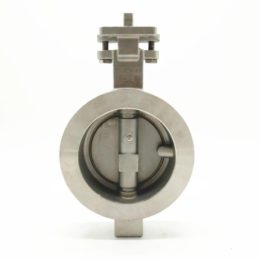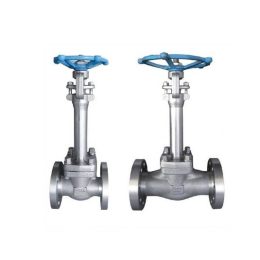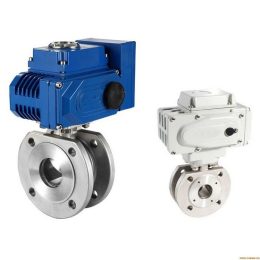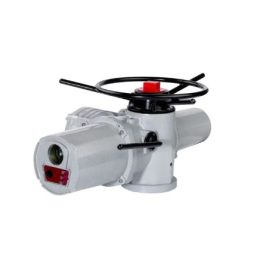Butterfly Valve Basics: Anatomy and Design
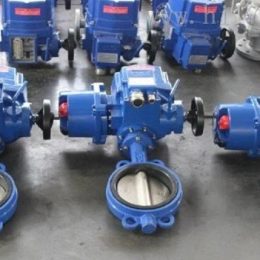
Butterfly Valve Basics
Butterfly valves are widely used in various industries because of their simple design, low cost, and ease of operation. They are typically used for regulating flow or isolating a pipeline. The valve gets its name from the shape of the disc that rotates to control the flow. In this article, we will discuss the anatomy and design of butterfly valves along with their working principle, types, advantages, disadvantages, and design considerations.
Anatomy of a Butterfly Valve
A butterfly valve consists of four main components: a body, a disc, a stem, and a seat. The body is a cylindrical or spherical-shaped housing that contains the rest of the components. The disc is a circular plate that rotates inside the body to control the flow. The stem connects the disc to the actuator, which rotates the disc. The seat is a ring-shaped element located inside the body that provides a sealing surface for the disc.
Types of Butterfly Valves
There are three main types of butterfly valves: concentric, eccentric, and double-offset. The concentric butterfly valve has a disc that is centered in the valve body, providing a uniform seal around the circumference. The eccentric butterfly valve has a disc that is offset from the center of the valve body, providing a more reliable seal at the expense of a higher torque requirement. The double-offset butterfly valve has a disc that is offset from the center of the valve body and the stem axis, providing a more reliable seal and lower torque requirement than the eccentric butterfly valve.
Working Principle of a Butterfly Valve
The working principle of a butterfly valve is simple. As the disc rotates, it either allows or restricts the flow of the fluid. When the disc is rotated perpendicular to the flow, it blocks the flow completely. When the disc is rotated parallel to the flow, it allows the fluid to flow freely. The actuator is used to rotate the disc, which can be done manually, electrically, or pneumatically.
Advantages and Disadvantages of Butterfly Valve
The advantages of butterfly valves include their low cost, ease of operation, and quick opening and closing. They are also compact and lightweight, making them ideal for applications where space is limited. However, butterfly valves have some disadvantages as well. They may not be suitable for applications that require precise flow control or high-pressure applications. They may also be prone to cavitation and erosion in certain conditions.
Design Considerations for Butterfly Valve Applications
When designing a butterfly valve application, several factors need to be considered, such as the type of fluid, the temperature and pressure conditions, the flow rate, and the required level of control. The material selection for the valve body, disc, and seat is also critical, as it can affect the valve’s durability and resistance to corrosion and erosion. The actuator selection should be based on the valve’s torque requirements and the desired level of automation.
Butterfly valves have become one of the most popular types of valves in the industry due to their versatility and ease of use. Understanding the anatomy and design of these valves is critical to ensuring optimal performance and reliability. By considering the working principle, types, advantages, disadvantages, and design considerations of butterfly valves, engineers and operators can make informed decisions when selecting and using these valves in various applications.
